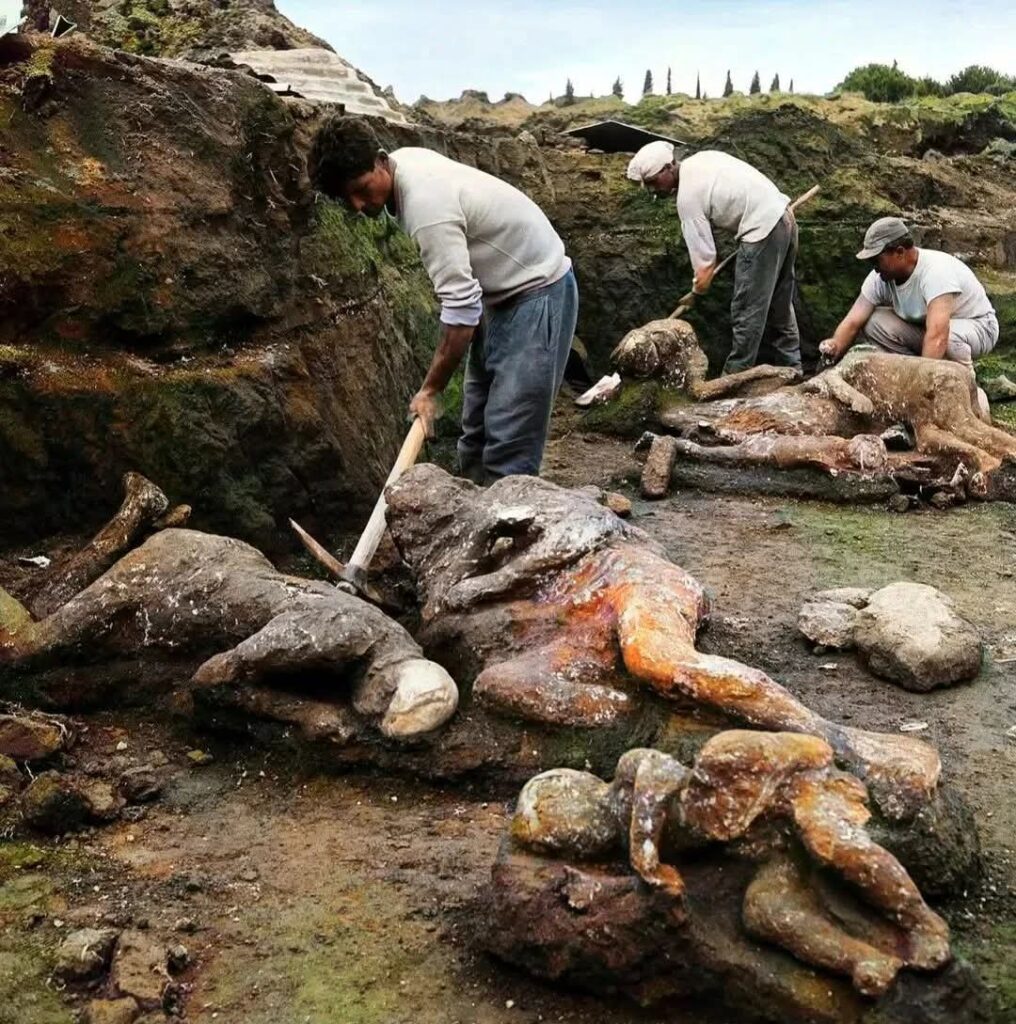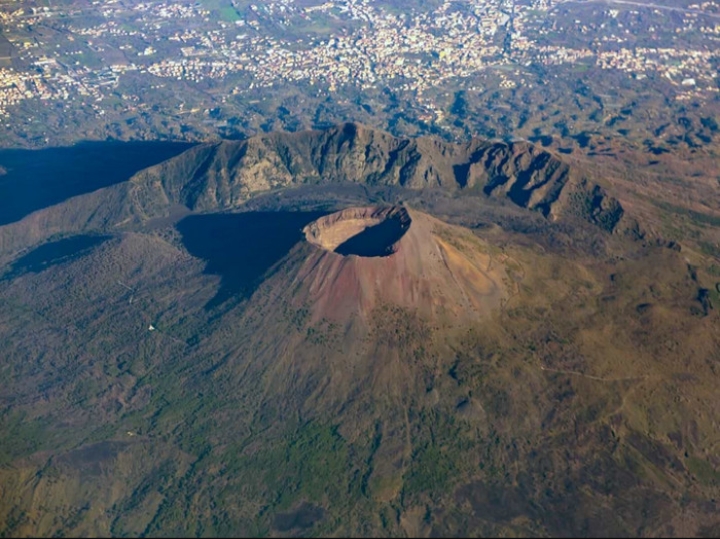This is the volcano responsible for one of the most catastrophic eruptions in ancient history. In 79 A.D., it violently erupted, burying the Roman city of Pompeii—and neighboring towns like Herculaneum—under a thick blanket of volcanic ash, pumice, and debris. The eruption was so sudden and intense that it preserved the city in remarkable detail, capturing a moment in time that lay hidden for centuries. Thousands of people perished, many unable to escape the fast-moving clouds of superheated gas and ash. Those who survived fled in desperation, carrying only what they could, leaving behind homes, possessions, and loved ones.
The volcano, known as Mount Vesuvius, is classified as a stratovolcano, known for its steep profile and explosive eruptions. Though it has remained quiet for decades, it is still considered active and unpredictable. Experts closely monitor it around the clock, as no one can say exactly when the next eruption might occur. Because of the millions of people who live nearby today, a permanent evacuation plan is in place to ensure swift action in the event of warning signs. Mount Vesuvius stands as both a geological wonder and a chilling reminder of nature’s immense power.



